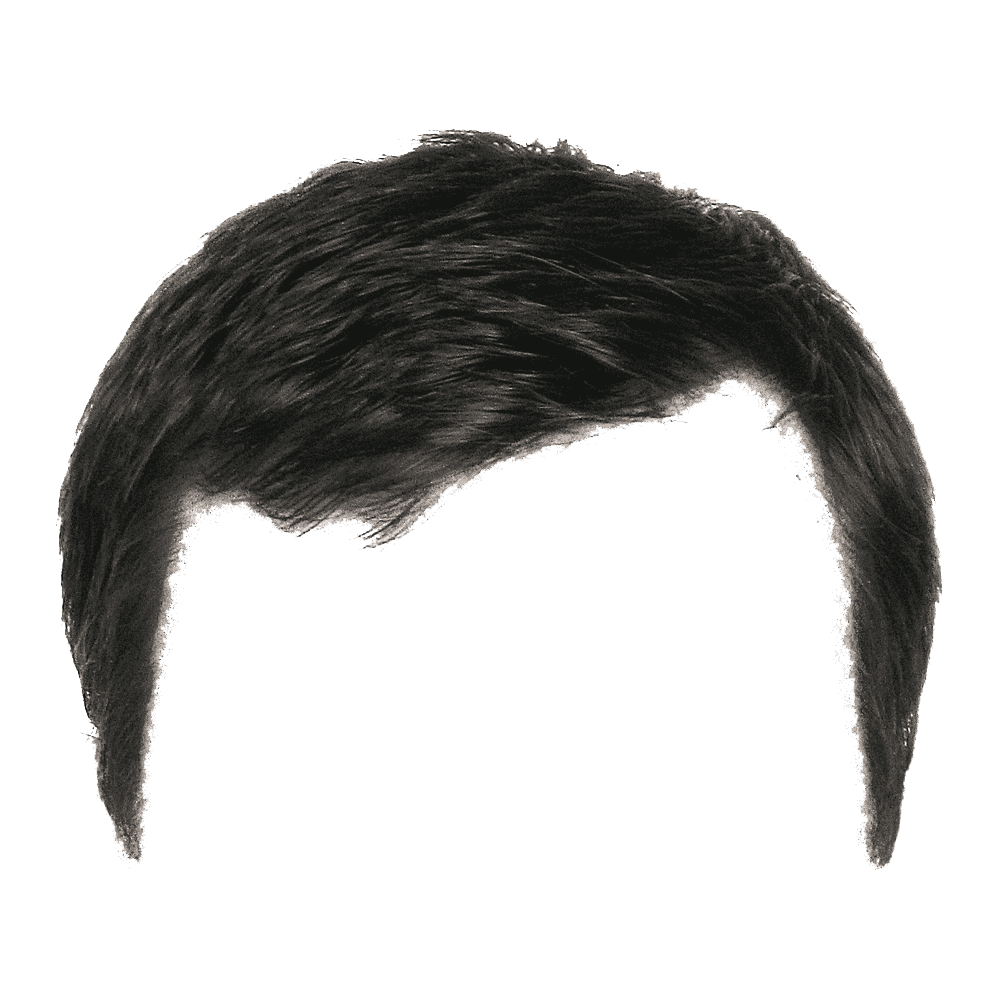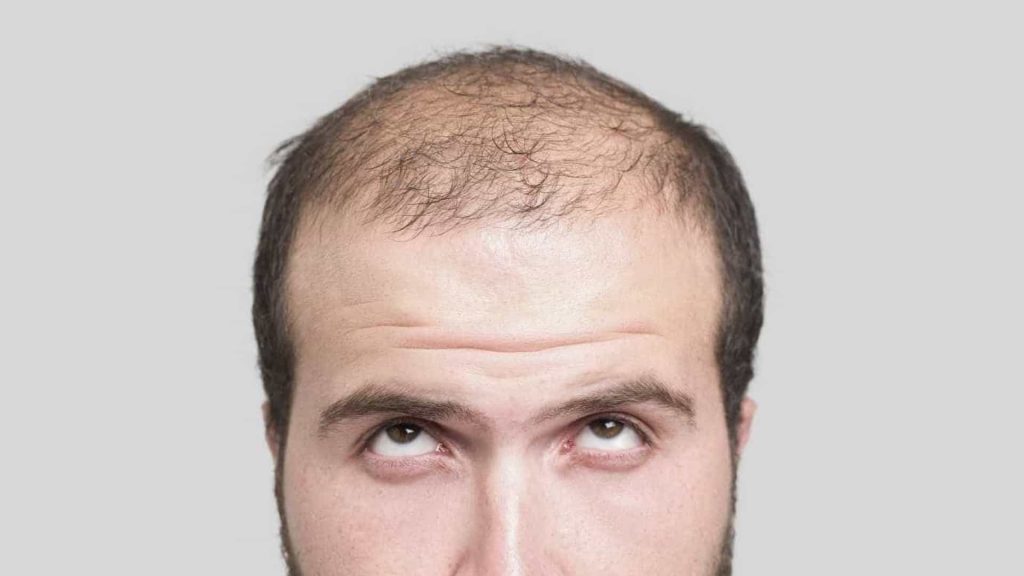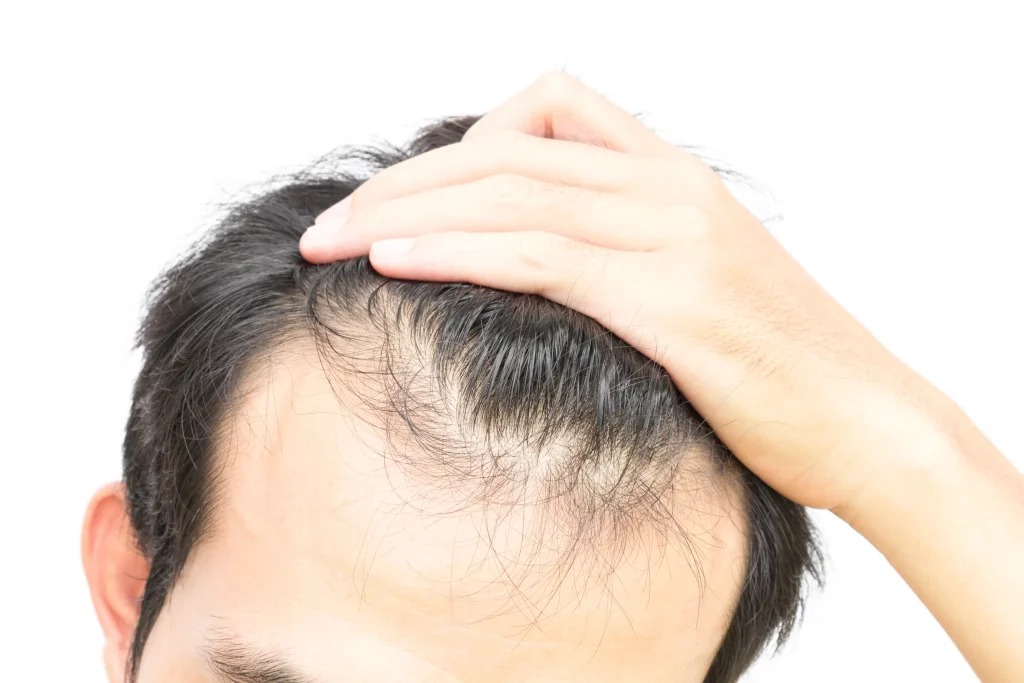After undergoing a hair transplant, many people wonder if they can still wear a wig to cover any remaining bald spots or to change up their look. The good news is that yes, you can indeed wear a wig after a hair transplant. In fact, many individuals choose to do so during the initial stages of the recovery process. However, it’s important to consult with your surgeon before doing so, as they can provide guidance on when it’s safe to start using a wig and how to do so without interfering with the healing process. Additionally, choosing a high-quality, breathable wig that won’t put pressure on the scalp is crucial to ensure optimal healing and results.
The Role of Wigs in Post-Hair Transplant Recovery

Undergoing a hair transplant can be a life-changing experience for many individuals. While the procedure itself is a crucial step in regaining confidence and self-esteem, the recovery process also plays a significant role in the overall outcome. One aspect of post-hair transplant recovery that is often overlooked is the use of wigs.
Why are wigs important in post-hair transplant recovery?
1. Concealment: During the initial stages of recovery, it is common for patients to experience temporary hair loss or thinning in the transplanted area. Wearing a wig can help conceal these temporary imperfections and boost the individual’s confidence as they go through this phase.
2. Protection: The delicate new hair follicles need to be protected from sun exposure, dust, and other environmental factors during the recovery period. Wearing a wig provides an extra layer of protection, promoting the healthy growth of newly transplanted hair.
3. Psychological Support: Hair loss, whether due to genetics or medical conditions, can take a toll on an individual’s mental well-being. Wearing a wig during the recovery process can provide psychological support by helping the individual feel more comfortable and less self-conscious about their appearance.
Types of wigs for post-hair transplant recovery:
- Lace-front wigs: These wigs are popular for their natural-looking hairline, making them ideal for individuals in the early stages of post-transplant recovery.
- Custom-fitted wigs: Tailored to fit the individual’s head shape and size, these wigs provide a comfortable and secure option for everyday wear during recovery.
- Breathable wigs: Designed with ventilation and lightweight materials, these wigs offer comfort and breathability, which is crucial for scalp health during the recovery phase.
Overall, the role of wigs in post-hair transplant recovery goes beyond mere aesthetics. It encompasses psychological support, protection, and comfort, making them an essential tool for individuals on their journey to regaining a full head of hair and confidence.
The Benefits and Risks of Wearing a Wig After a Hair Transplant
After undergoing a hair transplant, some individuals may choose to wear a wig as a temporary solution while waiting for their transplanted hair to fully grow. Wearing a wig has its benefits, but it also comes with certain risks that individuals should be aware of before making a decision.
The Benefits of Wearing a Wig After a Hair Transplant
There are several benefits to wearing a wig after a hair transplant, including:
| 1. Concealing the Transplant Area | Wearing a wig can help individuals conceal any redness or scarring in the transplant area as their hair continues to grow. |
|---|---|
| 2. Boosting Confidence | For individuals who may feel self-conscious about their appearance during the early stages of hair growth after a transplant, wearing a wig can provide a confidence boost. |
| 3. Style Flexibility | Wigs offer the flexibility to experiment with different hairstyles and colors while waiting for natural hair growth. |
The Risks of Wearing a Wig After a Hair Transplant
While wearing a wig can be beneficial, there are also some risks to consider, including:
| 1. Potential Damage to Transplanted Hair | Improperly fitted wigs or frequent removal and reapplication of the wig can potentially damage the newly transplanted hair. |
|---|---|
| 2. Scalp Irritation | Wearing a wig for extended periods can lead to scalp irritation, especially if the wig is not breathable or if proper care is not taken. |
| 3. Cost and Maintenance | Quality wigs can be costly, and regular maintenance, such as cleaning and styling, adds to the overall cost and time commitment. |
Ultimately, the decision to wear a wig after a hair transplant should be carefully weighed, taking into consideration the individual’s specific needs and concerns. Consulting with a hair transplant specialist can provide valuable insight and guidance in making an informed choice.
Choosing the Right Wig for Post-Hair Transplant Care

After undergoing a hair transplant procedure, it’s important to take care of your newly transplanted hair and scalp. This often involves wearing a wig during the initial stages of recovery. Choosing the right wig is crucial for ensuring comfort, natural appearance, and proper care for your transplanted hair. Here are some key factors to consider when selecting a wig for post-hair transplant care.
1. Quality
When it comes to wigs, quality is paramount. Look for wigs made from high-quality, natural-looking materials such as human hair or synthetic fibers that closely resemble real hair. Investing in a high-quality wig will not only provide a more natural appearance but also offer better breathability and comfort for your scalp.
2. Fit
The fit of the wig is crucial for post-hair transplant care. Opt for a wig that is adjustable and secure, ensuring that it stays in place without causing any discomfort or irritation to your scalp. A proper fit will also prevent any tension on the newly transplanted hair, allowing it to grow and heal without interference.
3. Maintenance
Consider the maintenance and care required for the wig. Look for wigs that are easy to clean and style, as this will ensure proper hygiene and upkeep for your scalp and transplanted hair. Additionally, choosing a wig that is resilient to daily wear and tear will prolong its lifespan and provide long-term comfort and support for your post-transplant care.
Comfort, natural appearance, and proper care are the three key elements to prioritize when choosing a wig for post-hair transplant care. By selecting a high-quality, well-fitting, and low-maintenance wig, you can ensure that your scalp and transplanted hair receive the best possible care and support during the recovery process.
Tips for Caring for Your Natural Hair While Wearing a Wig After a Hair Transplant

After undergoing a hair transplant, it’s essential to care for your natural hair, especially if you plan to wear a wig during the recovery process. Caring for your natural hair while wearing a wig requires special attention and specific practices to ensure that your hair remains healthy and promotes optimal healing. Here are some tips for caring for your natural hair while wearing a wig after a hair transplant:
1. Keep Your Scalp Clean and Moisturized
It’s crucial to keep your scalp clean and moisturized to prevent any potential infections and promote healing. Use a mild, sulfate-free shampoo to gently cleanse your scalp and hair. Follow up with a hydrating conditioner to keep your hair and scalp moisturized. Avoid using products with harsh chemicals that can irritate the scalp and cause dryness.
2. Choose a Wig That Allows Your Scalp to Breathe
When selecting a wig to wear after a hair transplant, opt for a breathable and lightweight option. Wigs made from natural hair or breathable synthetic materials are ideal for allowing air circulation to your scalp. Avoid tight-fitting wigs that can cause pressure on your scalp and hinder the healing process.
3. Gently Detangle and Style Your Natural Hair
While wearing a wig, it’s essential to gently detangle and style your natural hair to prevent breakage and damage. Use a wide-tooth comb or your fingers to detangle your hair, starting from the ends and working your way up to the roots. Avoid using heat styling tools and opt for protective hairstyles that don’t put stress on your scalp.
4. Establish a Routine for Cleaning and Maintaining Your Wig
Keeping your wig clean is essential for maintaining the health of your natural hair and promoting overall scalp health. Establish a regular cleaning routine for your wig, following the manufacturer’s instructions for washing and caring for the wig. Proper maintenance of your wig will prevent any potential buildup of sweat, oils, or bacteria that can affect the health of your scalp.
5. Avoid Tight Hairstyles and Constant Tension
Avoid wearing tight hairstyles or pulling your hair back tightly while wearing a wig. Constant tension on your natural hair can lead to traction alopecia and cause additional stress on your scalp, especially during the healing process after a hair transplant. Opt for loose and gentle hairstyles that don’t put pressure on your scalp.
6. Consult with Your Hair Transplant Specialist
Lastly, it’s essential to consult with your hair transplant specialist or dermatologist for personalized guidance on caring for your natural hair while wearing a wig. They can provide specific recommendations based on your unique hair type, scalp condition, and the type of hair transplant procedure you underwent.
By following these tips and practicing proper hair care techniques, you can maintain the health of your natural hair while wearing a wig after a hair transplant, promoting optimal healing and long-term hair health.
Discussing Wig Use with Your Hair Transplant Specialist
When considering a hair transplant, it is important to have an open and honest discussion with your specialist about any previous or current wig use. While wigs can be a great temporary solution for hair loss, they can also have an impact on the success and outcome of a hair transplant procedure.
It is essential to inform your hair transplant specialist about any wig use, as it can affect the health of your scalp and the quality of your existing hair. Wigs can cause irritation and potential damage to the scalp if worn for extended periods of time, and this can impact the readiness of the scalp for a transplant.
Additionally, your specialist will need to assess the condition of your existing hair and scalp to determine the best approach for the transplant. Ongoing wig use can mask underlying issues or make it difficult to accurately evaluate the health of the scalp.
How to Approach the Conversation
When discussing wig use with your hair transplant specialist, it is important to approach the conversation with sensitivity and honesty. Be transparent about your reasons for using a wig and any concerns you may have about transitioning to a transplant.
Your specialist can provide guidance on the potential impact of wig use on the success of the transplant, as well as advice on how to prepare your scalp for the procedure. They may also recommend a temporary cessation of wig use leading up to the transplant to ensure the best possible outcome.
Ultimately, open communication with your specialist about wig use is crucial in ensuring the success of your hair transplant and the long-term health of your scalp and hair.
Frequently Asked Questions
What is a wig?
A wig is a head covering made from human hair, animal hair, or synthetic fiber.
How do I choose the right wig?
You can choose the right wig by considering factors such as the material, style, color, and fit.
How should I care for my wig?
You should care for your wig by gently washing and conditioning it, storing it properly, and avoiding heat damage.
Can I style a wig like real hair?
Yes, many wigs can be styled just like real hair, but it’s important to follow the manufacturer’s guidelines.
How long does a wig last?
The lifespan of a wig depends on factors such as the quality of the wig, how it’s cared for, and how often it’s worn.
